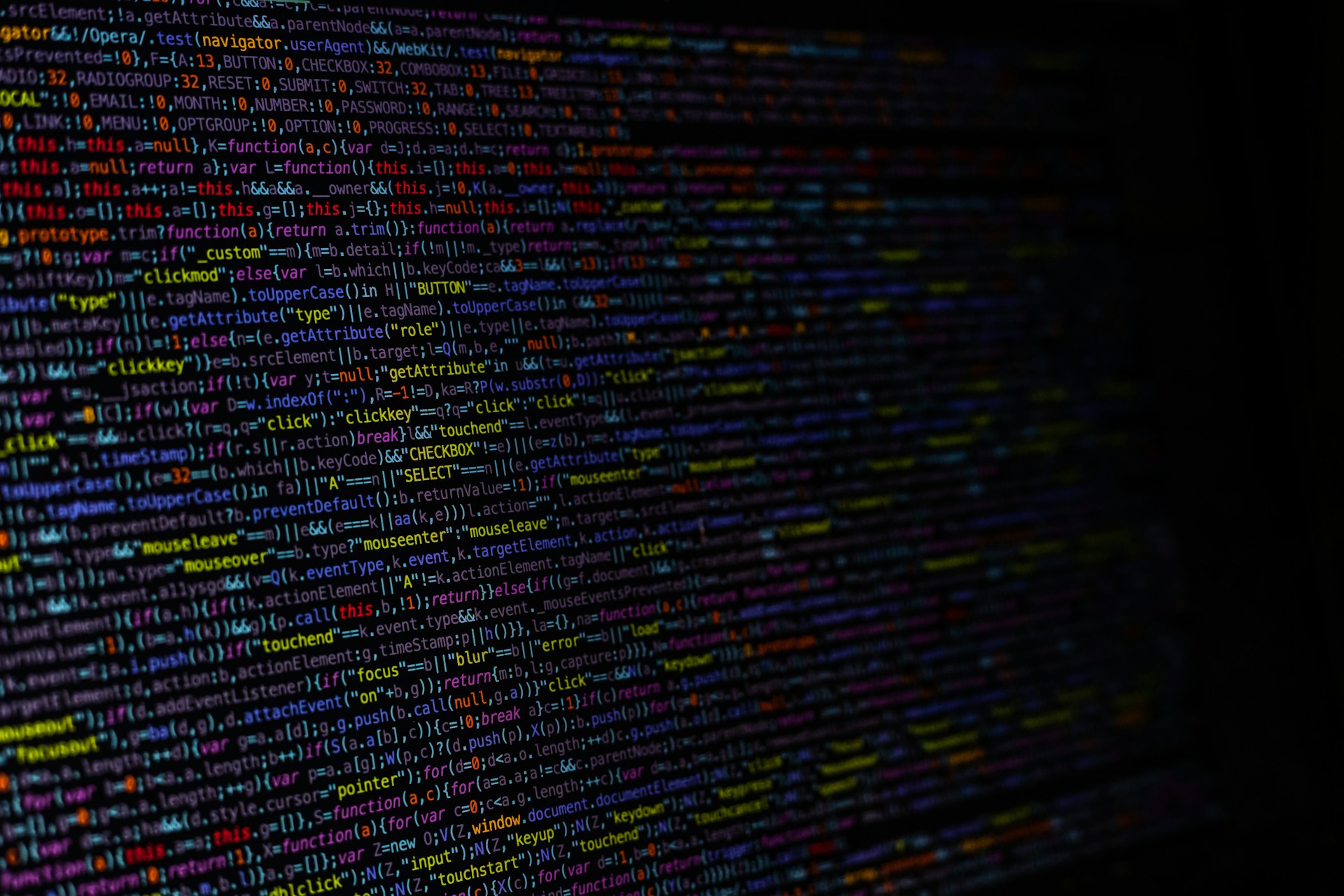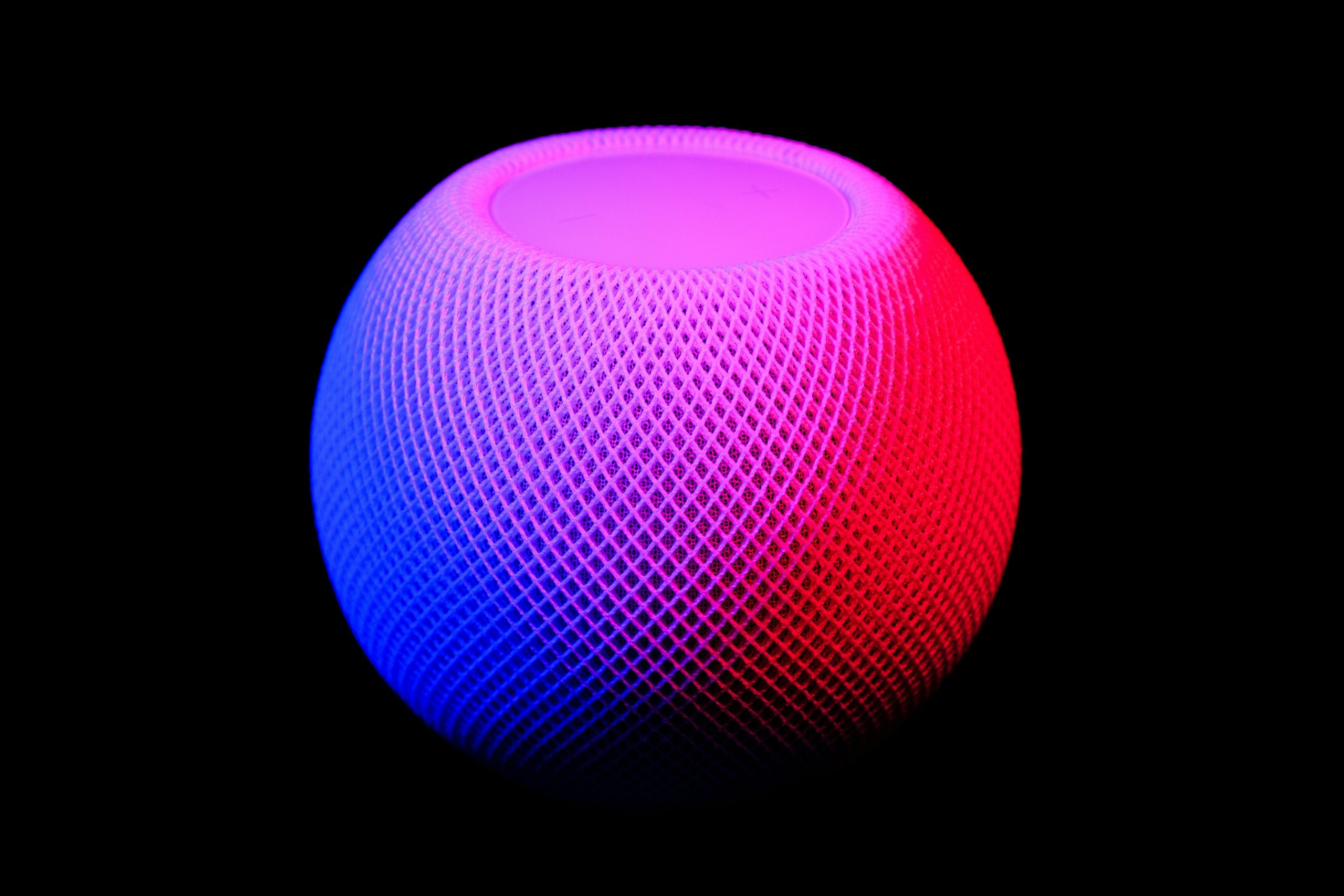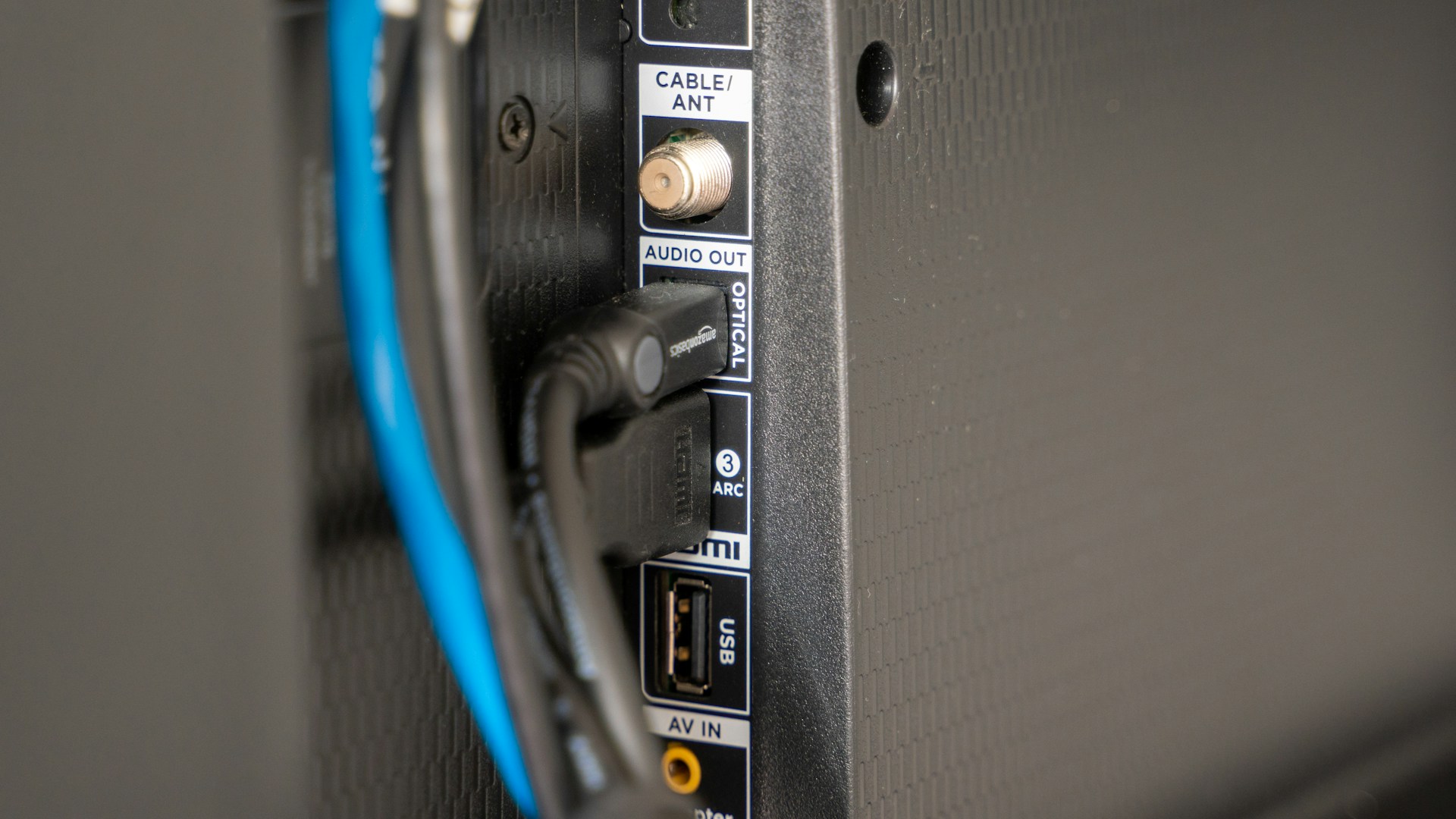Introduction:
In today’s rapidly evolving technological landscape, numerous innovations are poised to revolutionize various industries and aspects of our daily lives. From advancements in artificial intelligence (AI) to breakthroughs in biotechnology, the future is brimming with possibilities. In this article, we delve into some of the most exciting emerging technologies and trends that have the potential to reshape the world as we know it.
Artificial Intelligence (AI) and Machine Learning:
Machine learning and artificial intelligence are still at the forefront of technological advancement. With advancements in deep learning algorithms and neural networks, AI is being integrated into diverse fields such as healthcare, finance, transportation, and more. From predictive analytics to natural language processing, AI-powered systems are enhancing efficiency, productivity, and decision-making processes across industries.
Quantum Computing:
Complex issues that are currently beyond the capacity of classical computers may one day be solved by quantum computing. By leveraging the principles of quantum mechanics, quantum computers have the potential to revolutionize fields such as cryptography, drug discovery, optimization, and materials science. While still in the early stages of development, quantum computing has the power to unlock unprecedented computational power and drive innovation in various domains.
Internet of Things (IoT) and Edge Computing:
The proliferation of IoT devices and sensors is creating vast networks of interconnected devices, generating massive amounts of data. Edge computing, which involves processing data closer to its source rather than relying on centralized servers, is poised to address the challenges of latency, bandwidth, and privacy associated with traditional cloud computing. From smart cities to industrial automation, IoT and edge computing are paving the way for a more connected and intelligent world.
Biotechnology and CRISPR:
Advancements in biotechnology, particularly CRISPR-Cas9 gene editing technology, are revolutionizing healthcare, agriculture, and environmental conservation. CRISPR enables precise and efficient editing of DNA, offering potential solutions for treating genetic diseases, developing drought-resistant crops, and combating climate change. As CRISPR techniques continue to improve and evolve, they hold immense promise for shaping the future of medicine and biotechnology.
Augmented Reality (AR) and Virtual Reality (VR):
AR and VR technologies are blurring the lines between the physical and digital worlds, transforming how we interact with information and experiences. From immersive gaming and entertainment to practical applications in education, training, and remote collaboration, AR and VR are unlocking new possibilities for communication and interaction. As these technologies become more accessible and advanced, they are poised to revolutionize various industries and enhance human capabilities.
Renewable Energy and Sustainable Technologies:
The global push towards sustainability has spurred significant developments in renewable energy and sustainable technologies. Innovations in solar, wind, and hydroelectric power generation are driving the transition towards a greener energy infrastructure. Additionally, advancements in energy storage technologies, such as batteries and hydrogen fuel cells, are overcoming challenges associated with intermittency and scalability, making renewable energy sources more reliable and efficient. As the world seeks to mitigate the impacts of climate change and reduce dependence on fossil fuels, renewable energy and sustainable technologies play a pivotal role in shaping a more environmentally conscious future.
5G Technology and Connectivity:
The rollout of 5G technology is poised to revolutionize connectivity, ushering in an era of ultra-fast, low-latency communication networks. With speeds up to 100 times faster than 4G and significantly reduced latency, 5G has the potential to enable transformative applications such as autonomous vehicles, remote surgery, and augmented reality experiences. Beyond consumer applications, 5G networks are expected to underpin the development of smart cities, industrial automation, and the Internet of Things (IoT), unlocking new levels of efficiency, productivity, and innovation across various sectors.
Space Exploration and Commercialization:
The burgeoning space industry is experiencing unprecedented growth, driven by advancements in space exploration, satellite technology, and commercial spaceflight. Private companies such as SpaceX, Blue Origin, and Virgin Galactic are pioneering reusable rocket technology and lowering the cost of access to space. Meanwhile, initiatives like NASA’s Artemis program aim to return humans to the Moon and establish a sustainable presence beyond Earth. As the space sector continues to evolve, it holds the promise of unlocking new frontiers for scientific discovery, resource exploration, and space tourism, paving the way for humanity’s expansion into the cosmos.
Decentralized Finance (DeFi) and Blockchain Technology:
Decentralized finance (DeFi) is revolutionizing traditional financial services by leveraging blockchain technology to create open, transparent, and accessible financial systems. Built on decentralized networks such as Ethereum, DeFi platforms offer a wide range of services, including lending, borrowing, trading, and asset management, without the need for intermediaries like banks or brokerages. Smart contracts enable automated transactions and programmable financial instruments, opening up new avenues for innovation and financial inclusion. As DeFi continues to mature and evolve, it has the potential to democratize access to financial services, empower individuals, and reshape the global economy.
Cybersecurity and Privacy Technologies:
With the proliferation of digital technologies and the increasing interconnectedness of devices and systems, cybersecurity has become a paramount concern for individuals, businesses, and governments alike. Emerging technologies such as artificial intelligence, machine learning, and blockchain are being deployed to enhance cybersecurity measures, detect threats, and protect sensitive data. Additionally, advancements in encryption, multi-factor authentication, and decentralized identity management are bolstering privacy protections and safeguarding against cyber attacks. As cyber threats continue to evolve, the development and adoption of robust cybersecurity and privacy technologies are essential for maintaining trust, security, and resilience in the digital age.
Autonomous Vehicles and Mobility Solutions:
The advent of autonomous vehicles is poised to revolutionize transportation, offering safer, more efficient, and convenient mobility solutions. From self-driving cars and trucks to drones and delivery robots, autonomous technologies are reshaping how goods and people are transported. With advancements in artificial intelligence, sensor technologies, and connectivity, autonomous vehicles can navigate complex environments, mitigate traffic congestion, and reduce accidents. Moreover, the rise of shared mobility services and on-demand transportation platforms is transforming urban mobility, enabling seamless, multimodal travel experiences.
Personalized Medicine and HealthTech Innovations:
The convergence of healthcare and technology is driving a paradigm shift towards personalized medicine, tailored to individual genetic makeup, lifestyle factors, and medical history. Advances in genomics, bioinformatics, and wearable devices are enabling precision diagnostics, targeted therapies, and proactive health monitoring. From telemedicine and digital health platforms to implantable medical devices and gene editing technologies, HealthTech innovations are empowering patients, improving healthcare outcomes, and revolutionizing the delivery of medical services. By leveraging data-driven insights and predictive analytics, personalized medicine holds the promise of preventing diseases, optimizing treatment regimens, and ushering in a new era of proactive healthcare.
Cognitive Computing and Natural Language Processing:
Cognitive computing, fueled by advancements in natural language processing (NLP) and machine learning, is revolutionizing how computers understand and interact with human language. From virtual assistants and chatbots to language translation and sentiment analysis, cognitive computing systems can analyze and interpret vast amounts of unstructured data, enabling more intuitive and conversational interactions between humans and machines. Moreover, cognitive computing holds the potential to revolutionize industries such as healthcare, finance, and customer service by automating repetitive tasks, extracting valuable insights from textual data, and augmenting human decision-making processes. As NLP technologies continue to evolve and improve, they have the potential to transform how we communicate, collaborate, and access information in the digital age.
Regenerative Agriculture and Sustainable Food Systems:
Regenerative agriculture represents a holistic approach to farming that seeks to restore and enhance the health of ecosystems, improve soil fertility, and sequester carbon through regenerative farming practices. By emphasizing principles such as crop diversity, soil health, and carbon sequestration, regenerative agriculture not only produces nutritious and sustainable food but also mitigates climate change and enhances ecosystem resilience. Additionally, innovations in vertical farming, aquaponics, and cellular agriculture are revolutionizing how food is produced, reducing resource consumption, and increasing food security in a rapidly urbanizing world. As consumer demand for sustainable and ethically sourced food continues to grow, regenerative agriculture and sustainable food systems are poised to play a pivotal role in shaping the future of food production and consumption.
Neurotechnology and Brain-Computer Interfaces (BCIs):
Neurotechnology and brain-computer interfaces (BCIs) are unlocking new frontiers in human-machine interaction by enabling direct communication between the brain and external devices. By leveraging advances in neuroscience, signal processing, and machine learning, BCIs translate neural activity into commands that control computers, prosthetic limbs, or other assistive devices. These technologies hold immense promise for individuals with disabilities, allowing them to regain mobility, communication, and independence. Moreover, BCIs are being explored for applications in gaming, virtual reality, and cognitive enhancement, opening up new possibilities for human augmentation and cognitive enhancement. As neurotechnology continues to advance, it has the potential to reshape how we perceive, interact with, and augment the capabilities of the human brain.
Circular Economy and Sustainable Consumption:
The transition from a linear to a circular economy represents a paradigm shift towards a more sustainable and regenerative economic model. By designing out waste and pollution, keeping products and materials in use, and regenerating natural systems, the circular economy aims to decouple economic growth from resource consumption and environmental degradation. From product design and manufacturing to consumption and waste management, circularity principles are being integrated across industries, driving innovation, reducing environmental footprint, and creating new business opportunities. Moreover, consumer awareness and demand for sustainable products and services are driving companies to adopt circular business models and embrace principles of sustainability throughout the value chain. As the circular economy gains momentum, it has the potential to transform how we produce, consume, and dispose of goods, paving the way for a more resilient, equitable, and regenerative economy.
Digital Twin Technology and Smart Infrastructure:
With the use of digital twin technology, real-time monitoring, analysis, and optimisation are made possible by generating virtual copies of actual assets, processes, or systems. By integrating data from sensors, IoT devices, and other sources, digital twins provide insights into the performance, condition, and behavior of physical assets, allowing for predictive maintenance, optimization of operations, and informed decision-making. In the context of smart infrastructure, digital twins are being used to model and manage complex urban systems such as buildings, transportation networks, and utilities. By simulating scenarios and predicting outcomes, digital twins help urban planners, engineers, and policymakers design resilient, efficient, and sustainable cities. As the Internet of Things (IoT) and connectivity technologies continue to advance, digital twin technology is expected to play an increasingly vital role in shaping the future of urbanization and infrastructure development.
Biofabrication and Synthetic Biology:
Biofabrication and synthetic biology are revolutionizing how biological materials and systems are engineered and manipulated for various applications. Biofabrication techniques enable the production of tissues, organs, and biomaterials using advanced manufacturing methods such as 3D bioprinting and tissue engineering. These technologies have profound implications for regenerative medicine, personalized healthcare, and the development of bio-based materials for industrial applications. Meanwhile, synthetic biology involves the design and construction of biological systems with novel functionalities, ranging from engineered microbes for sustainable biomanufacturing to synthetic organisms for environmental remediation. By harnessing the power of biology and bioengineering, biofabrication and synthetic biology hold the potential to address some of the most pressing challenges facing humanity, including healthcare, food security, and environmental sustainability.
Blockchain-Based Decentralized Finance (DeFi) Ecosystem:
The rise of blockchain technology has paved the way for decentralized finance (DeFi), a paradigm shift in traditional financial services. DeFi platforms utilize blockchain networks to offer transparent, permissionless, and automated financial services, including lending, borrowing, trading, and asset management, without the need for intermediaries. Smart contracts, programmable protocols, and decentralized exchanges enable users to access financial services directly from their digital wallets, circumventing the constraints of traditional banking systems. Moreover, DeFi ecosystems are characterized by composability, allowing different protocols to be combined and integrated to create new financial products and services. As DeFi continues to evolve and mature, it has the potential to democratize access to financial services, promote financial inclusion, and reshape the global financial landscape.
Which frameworks or tools are best for [a certain tech area]?
In the ever-evolving landscape of technology, selecting the right tools and frameworks for a specific area can significantly impact the success of a project. Whether you’re a seasoned developer or just stepping into the field, staying updated with the latest advancements is crucial. In this article, we’ll delve into some of the recommended tools and frameworks for [specific tech area].
- Understanding [Specific Tech Area]
Before diving into tools and frameworks, it’s essential to grasp the fundamentals of [specific tech area]. Whether it’s web development, data science, mobile app development, or any other field, having a solid understanding of the core concepts will guide your tool selection process.
- Frontend Development
For frontend development in [specific tech area], several frameworks stand out:
Framework A: Known for its simplicity and flexibility, Framework A offers a robust ecosystem of libraries and tools for building dynamic user interfaces.
Framework B: Ideal for large-scale applications, Framework B provides a component-based architecture, enhancing code reusability and maintainability.
Framework C: If performance is a top priority, Framework C’s virtual DOM implementation ensures efficient rendering, making it suitable for high-traffic websites.
- Backend Development
When it comes to backend development in [specific tech area], the following tools and frameworks are popular choices:
Framework D: Built on [specific programming language], Framework D offers a scalable and secure environment for building RESTful APIs and web services.
Framework E: With its asynchronous and event-driven architecture, Framework E excels in handling real-time data processing and concurrent requests.
Framework F: For microservices architecture, Framework F provides a lightweight framework with built-in support for service discovery, load balancing, and fault tolerance.
- Data Analysis and Machine Learning
In the realm of data analysis and machine learning in [specific tech area], the following tools are widely adopted:
Tool G: Offering a rich set of libraries and tools, Tool G simplifies data preprocessing, model training, and evaluation, making it an excellent choice for both beginners and experts.
Tool H: With its distributed computing framework, Tool H enables seamless scalability and parallel processing of large datasets, empowering data scientists to tackle complex problems efficiently.
Tool I: Known for its ease of use and integration with [specific programming language], Tool I provides a comprehensive ecosystem for building, training, and deploying machine learning models in production environments.
- DevOps and Deployment
For streamlining the development and deployment process in [specific tech area], consider the following tools:
Tool J: Automating the deployment process, Tool J enables continuous integration and delivery, ensuring rapid and reliable releases of software applications.
Tool K: With its containerization technology, Tool K simplifies the deployment of applications, providing consistency across different environments and reducing overhead.
Tool L: For monitoring and managing deployed applications, Tool L offers real-time insights into performance metrics, logs, and errors, facilitating proactive maintenance and troubleshooting.
Conclusion
Selecting the right tools and frameworks is crucial for success in [specific tech area]. By understanding the requirements of your project and evaluating the features and capabilities of various options, you can make informed decisions that optimize productivity, performance, and scalability. Whether you’re building frontend interfaces, developing backend services, analyzing data, or deploying applications, the tools and frameworks discussed in this article serve as valuable assets in your toolkit.
- Testing and Quality Assurance
Ensuring the reliability and quality of your [specific tech area] applications is paramount. Consider these tools and frameworks for testing:
Tool M: Offering a comprehensive suite of testing capabilities, Tool M enables developers to automate unit tests, integration tests, and end-to-end tests, ensuring robust code coverage and functionality.
Tool N: Specializing in performance testing, Tool N allows developers to simulate various user scenarios and analyze system performance under different loads, identifying potential bottlenecks and optimization opportunities.
Tool O: With its focus on security testing, Tool O helps developers identify vulnerabilities and security loopholes in [specific tech area] applications, ensuring compliance with industry standards and best practices.
- Community Support and Documentation
When choosing tools and frameworks for [specific tech area], consider the strength of the community and the quality of documentation:
Community P: A vibrant and active community can provide valuable support, resources, and insights, making it easier to troubleshoot issues, share knowledge, and stay updated with the latest trends and developments.
Documentation Q: Well-written documentation is essential for understanding the features, functionalities, and best practices of tools and frameworks. Look for projects with comprehensive documentation, tutorials, and examples to accelerate the learning curve and enhance productivity.
- Flexibility and Extensibility
Finally, prioritize tools and frameworks that offer flexibility and extensibility, allowing you to adapt to changing requirements and integrate with other technologies seamlessly:
Flexibility R: Choose tools and frameworks that accommodate different project requirements, whether it’s scalability, performance, or customization options.
Extensibility S: Look for projects with a robust ecosystem of plugins, extensions, and integrations, enabling you to enhance functionality and leverage third-party services and libraries effectively.
Conclusion
In the dynamic landscape of [specific tech area], selecting the right tools and frameworks is essential for driving innovation, efficiency, and success. By considering factors such as frontend and backend development, data analysis and machine learning, DevOps and deployment, testing and quality assurance, community support and documentation, flexibility, and extensibility, you can build robust and scalable applications that meet the evolving needs of your users and stakeholders. With the recommendations provided in this article, you’re equipped to embark on your journey in [specific tech area] with confidence and proficiency.





